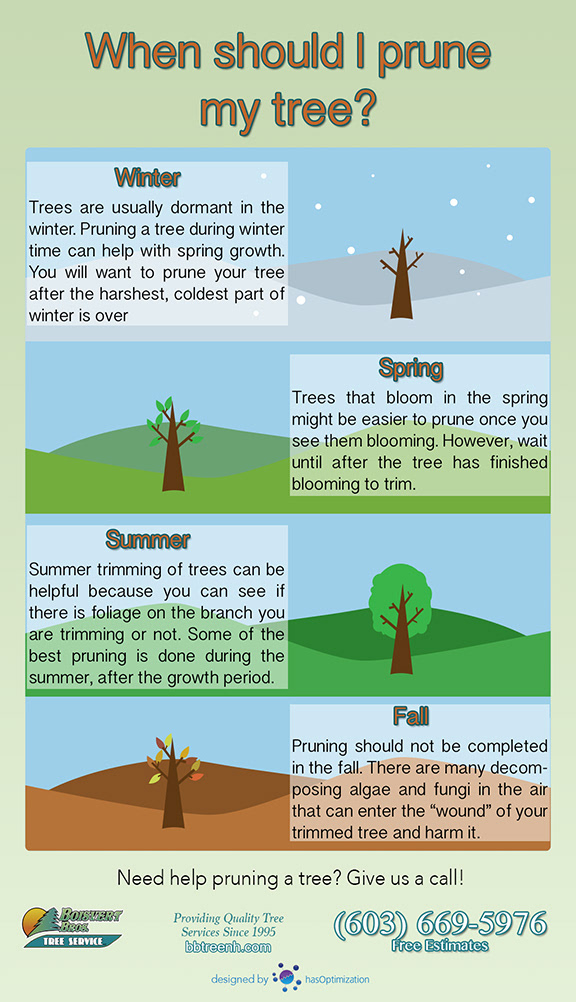Guarding Your Landscape: Replanting After Tree Elimination
Guarding Your Landscape: Replanting After Tree Elimination
Blog Article
Content Produce By-Goldstein Haaning
Tree removal can leave a space in your landscape that needs filling. You can grow something brand-new in that space, however it takes extra treatment and attention at the beginning to aid it flourish.
The dirt in that area will maintain altering gradually as microorganisms break down the old origins. That can impact the vitamins and mineral balance and physical space for brand-new growth.
Soil
The soil in a story where a tree has actually been removed is most likely to be really various from the remainder of your yard or yard. The origins of the old tree and the stump will have transformed the soil, removing some nutrients and perhaps crowding out other plants. Furthermore, if the previous tree was unhealthy, the infectious representative might still remain in the ground.
The existence of roots promotes an abundant and diverse neighborhood of soil bacteria that improves vital processes like nutrient cycling and organic matter decomposition. Without these microbes, the displaced dirt can become much less productive and nutrient-depleted, with an unfavorable effect on plant development.
Before replanting, the soil should be eliminated of debris and natural material (such as timber chips from stump grinding). You may want to mix in potting soil or indigenous dirt with this garden compost to give your brand-new growing with a setting that is well balanced and filled with nutrients.
Water
Tree roots soak up huge quantities of water from the soil. This procedure also adds nutrients back to the soil, particularly nitrogen, which is vital for new trees and plants. Regrettably, old dirt can be diminished of these vital minerals due to the rotting origins and stump from an eliminated tree.
This is why it is essential to have a plan for the future of your landscape. Ideally, the most effective time to plant is when you have a fresh start.
Whether you're planting turf or flowers, see to it to make use of a soaker hose to avoid overwatering your brand-new landscaping. If the area was a garden, make sure to cover the dirt with organic compost to aid maintain dampness in the dirt, regulate dirt temperatures and subdue weeds. This additionally provides a layer of protection for young plants and promotes worm activity. Then, on a regular basis restore the mulch to proceed boosting the dirt nutrient density and microbial life. This is known as soil restoration.
Light
Trees are a great enhancement to any landscape, offering shade, aesthetic pulchritude, and many other benefits. Nonetheless, often trees become unsightly as a result of a range of reasons, including condition, bug infestations and natural aging.
In such situations, it might be necessary to eliminate a tree. It is necessary to consider the value of a specific tree in your landscaping and take the correct steps to make certain that the removal is done securely and efficiently.
During the late summer, it's an excellent time to carry out upkeep and examinations on existing trees. Try to find indicators of disease, insect invasions, or structural damages, in addition to any prospective risks such as damaged or leaning trees.
Before starting any kind of building and construction tasks, make sure to secure the root areas of existing trees by staying clear of soil compaction and rating around them. Raw material, as it breaks down, can create harmful gases that are detrimental to the roots of a tree. https://www.wfla.com/news/florida/state-fire-marshals-christmas-tree-safety-tips/ 's likewise an excellent concept to mulch the location around a tree after building has completed to preserve moisture and suppress weed growth.
Temperature level
Trees are very important to a landscape for their aesthetic appeal, however they additionally play an important duty in the regional environment by giving shade and windbreaks. They support wild animals environments and decrease the amount of co2 in the air, which can contribute to worldwide warming. This is why it is recommended to replant trees after getting rid of one from the residential or commercial property.
When replanting a new tree in the location of a previous stump, the dirt may not have adequate nutrients to support it. It is best to await a year prior to growing to guarantee that the dirt will be rich in nutrients.
To ensure that replanted trees flourish, it is essential to give them with correct treatment. A layer of compost will maintain soil wetness from vaporizing, regulate dirt temperature, and help subdue weeds. Organic compost is the recommended selection due to the fact that it boosts dirt fertility. Ongoing landscaping west auckland and parasite control are likewise important for replanted trees.